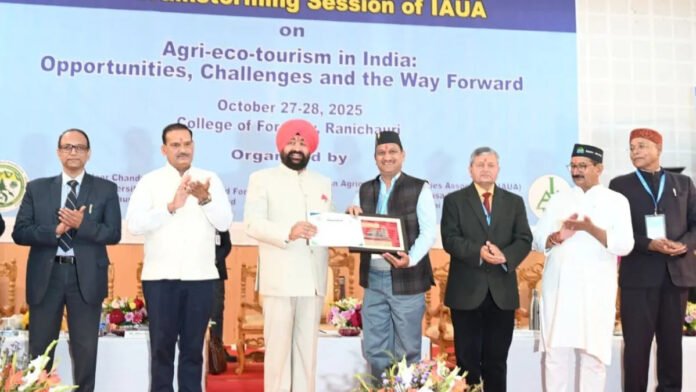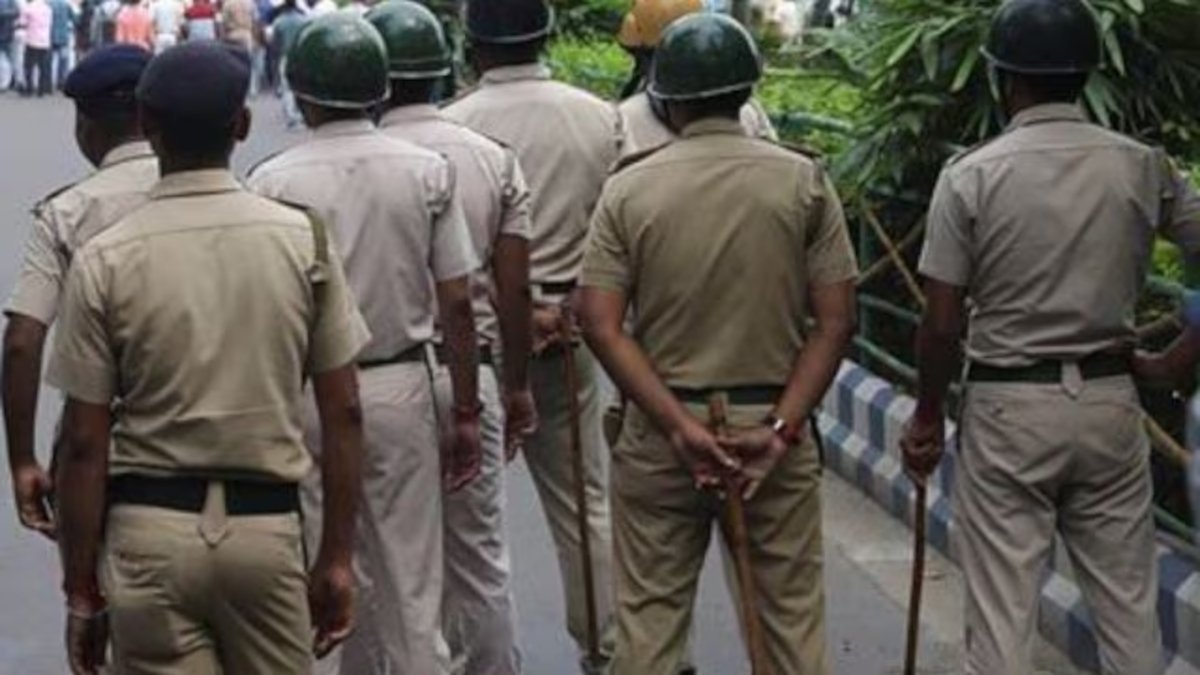In a forward-looking initiative aimed at reviving Uttarakhand’s hill regions, Governor Gurmeet Singh (Retd.) urged the transformation of sparsely populated and abandoned “ghost villages” into thriving “host villages” through a state-backed homestay tourism model. The proposal seeks to stimulate local employment, promote sustainable tourism and counter migration from rural communities.
Our correspondent reports that the governor made the remarks during the 14th Brainstorming Session of the Indian Agricultural Universities Association (IAUA) held at the Forestry College, Ranichauri under the auspices of the Veer Chandra Singh Garhwali Uttarakhand University of Horticulture & Forestry, Bharsar. He emphasised that improving infrastructure — including roads, power, water and internet connectivity — will be vital for these villages to welcome tourists and provide viable livelihoods.
Governor Gurmeet Singh recalled that the issue of migration from mountain areas has created numerous under-populated settlements in the state. He proposed that the term “ghost village” be replaced with “host village” to reflect renewed vitality and economic opportunity. He appealed to youth and local communities to engage with the initiative and help link agriculture, culture and tourism in a unified development path.
Chief Minister Pushkar Singh Dhami, addressing the event virtually, described tourism as the backbone of Uttarakhand’s economy. He added that the merger of agriculture and eco-tourism offers a pathway to double the state’s income and stem the tide of migration from rural areas. He indicated that the government is working on designing schemes that will support this transition at the grassroots level.
Our correspondent adds that the governor outlined plans for the state to roll out a policy framework supporting the development of homestays, guest-houses and rural lodging in remote villages. The strategy includes incentives for local hosts, training for hospitality services, and promotion of heritage and nature-based tourism experiences. Villages thus revived would offer tourists a chance to stay in local homes, participate in traditional lifestyles and enjoy mountain culture.
Tourism and rural development experts welcomed the announcement, noting that Uttarakhand has some 1,000-plus villages facing near-abandonment, particularly in districts such as Pauri Garhwal, Almora and Uttarkashi. They said homestay-based revival offers a dual benefit: it creates income streams for residents and preserves cultural and environmental assets that might otherwise erode.
Officials indicated that support will cover infrastructure upgrades — such as connecting high-speed internet, improving power supply, providing clean drinking water and ensuring access to medical facilities — alongside marketing the host-villages as tourism destinations. The initiative is designed to be sustainable and community-driven rather than purely commercial.
Our correspondent adds that the governor’s remarks also touched on the need for young people to stay or return to their native villages and engage with new livelihood options rather than migrate to cities. He said that rural rejuvenation must align with “skill, culture and connectivity” and that tourism-linked agriculture, agro-ecotourism and heritage stays can create meaningful jobs.
The policy direction aligns with the state’s broader focus on eco-tourism, sustainable development and reversing out-migration in the hills. By converting under-utilised settlements into tourism nodes, the government hopes to distribute tourism benefits more evenly across the state and reduce pressure on popular destinations.
Observers pointed out that successful examples in other parts of the state — where homestays and eco-lodges in previously marginal villages have drawn visitors — provide a proof-of-concept for the governor’s proposal. The challenge now lies in scaling up infrastructure, creating market access and ensuring that local communities retain meaningful control and benefits.
The state government noted that detailed guidelines and incentive packages will be published soon, and district-level implementation will begin in selected model villages. Monitoring mechanisms and financial support are planned to ensure villages are ready for tourist stays, comply with quality standards and maintain local character.
Our correspondent adds that the initiative signals a new direction for mountain-region development in Uttarakhand, marrying tourism, culture and employment to ensure that even remote villages have a role to play in the state’s economic future.



























